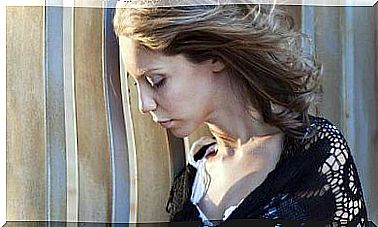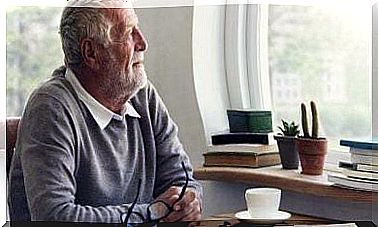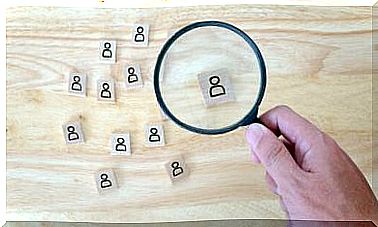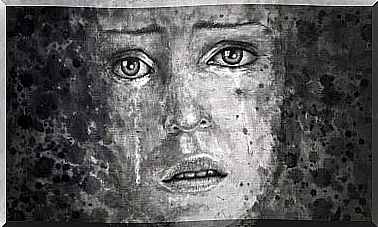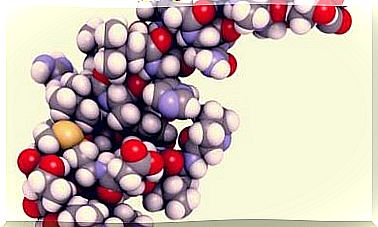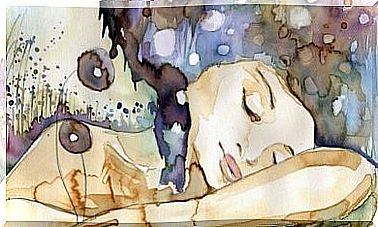Encopresis: Symptoms, Causes And Treatment
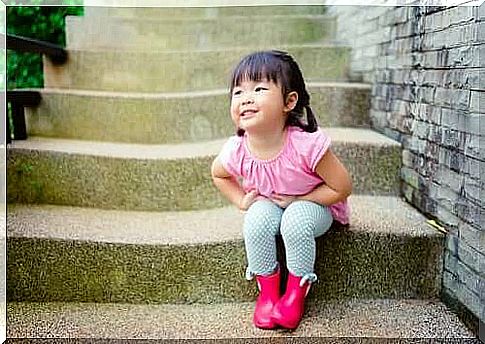
Encopresis is a disease that falls under the evacuation disorders, together with enuresis. These abnormalities are characterized by the inability to control the passing of stool or urine at an age when the child should already be able to do so.
In particular, encopresis defines the child’s inability to control the evacuation of stool. This lack of control becomes a problem when it occurs in inappropriate contexts, whether it is a voluntary or intentional inability.
Children should have learned to control stool by age 4. From now on, they should no longer have faecal incontinence problems.
Before diagnosing encopresis, however, it is necessary to have examined other causes, such as organic or medical ones, as well as having considered the undesirable effects of a substance (for example, a laxative) that may favor this condition .
To this are added some diseases that can cause the lack of control of fecal evacuation, such as Hirschsprung’s disease (characterized by the absence of peristaltic movements =, an agangliolic megacolon or a simpler condition, such as a lactose intolerance.
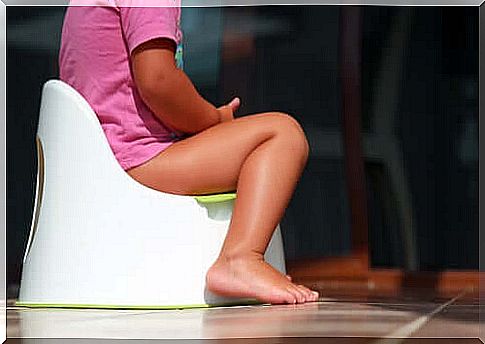
Encopresis with or without constipation
According to the chosen classification criteria, there are different types of encopresis. From the point of view of overflow, an encopresis with constipation or extravasation incontinence can occur ; or an encopresis without incontinence.
To diagnose this evacuation disorder, doctors will also need to analyze the child’s medical tests and medical history. These two types of encopresis will be treated in distinct ways.
Retentive encopresis (with constipation)
In the case of retentive econpresi, we are talking about abnormal defecations, with numerous episodes of stool overflow. In some cases, children with retentive encopresis go to the bathroom every day, yet fail to defecate at all.
Medical examinations are important because the problem can be found on x-rays. Several studies assure that retentive encopresis is usually due in part to physiological alterations. Of all cases of encopresis, about 80% are retentive.
Non-retentive encopresis (without constipation)
The causes associated with this type of encopresis without overflow are to be found in poor education, environmental or family stress or conflicting behavior. In the case of non-retentive encopresis, the child should also have other disorders, such as antisocial or a major psychological disorder.
The DSM-5 recommends performing a psychiatric evaluation with which to investigate pathologies such as the negativist disorder of the loser, behavioral, affective and even psychotic disorders. For example, the child may be suffering from childhood depression and encopresis may be a direct consequence of it.
Primary and secondary encopresis
Another feature to keep in mind when diagnosing encopresis is whether the lack of control of fecal emission is continuous or discontinuous. This indicates that there are some children who never manage to control their bowel movements, while others manage to do so for over a year, only to see the problem of incontinence recur.
This aspect is also very important, since the causes that can stimulate a primary and secondary encopresis are different. If the child has never learned to control the evacuation, the symptom can be considered a reflection of a premature developmental fixation, which then becomes physiological.
In the case of the secondary type – that is, when you learn and then unlearn – it can be associated with environmental factors, stress at school or at home, a malaise and so on. Finally, unlike enuresis, daytime encopresis tends to be more common than nocturnal.
Epidemiology: who is most prone to encopresis?
Epidemiology takes as a reference point the categories that tend to be more vulnerable to the disorder in question. Encopresis disease in children usually has variables. After four years of age, it tends to be more common in boys. Between the ages of seven and eight, the incidence of encopresis is 1.5% higher in boys than in girls.
Impact on the child and adult
Due to the very nature of the disorder and the censorship that has always been associated with defecation, encopresis tends to have a strong impact on the child. It can go so far as to undermine his self-esteem and self-concept a lot, as it is a very difficult problem to hide in everyday life.
It is also considered a difficult situation for parents and family tension tends to rise. This becomes a problem because being a childhood disorder, the outcome of the treatment depends also and above all on the support that the child will receive and on the predisposition of the family to favor change or act as a support for therapy at home.
Etiology and causes
Encopresis, like most disorders, is the result of the interaction of many factors. These factors are both physiological and psychological. There seem to be no signs of genetic causes.
Among the physiological factors, we can find food abnormalities, problems in the growth of the child or insufficient bowel control. Among the psychological causes, encopresis can be associated with the ease with which the child is distracted, lack of attention, hyperactivity, fear of going to the bathroom or defecation associated with pain.
Some theories speak of a learning deficit in which the signals that indicate to the child the urge to go to the toilet are not observable as discriminative stimuli. This means that when he needs to go to the bathroom, he doesn’t realize it and doesn’t go.
Other theories speak of a learning stimulated by the prevention of retentive encopresis. That is, the child learns to hold back stools to avoid pain or anxiety – that is, for negative strengthening – and begins a cycle of constipation which can result in secondary encopresis.
As for non-retentive encopresis, we are talking about those children who have learned to defecate in the wrong way. Usually they are children who get distracted and therefore get dirty. Here the problem would also lie in the control of the sphincter.
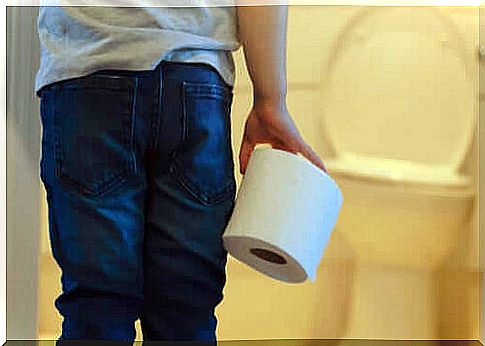
Medical and behavioral therapy
In the context of medical treatments, the combined use of laxatives and enema stand out. In addition, a change must be made to the diet, adding an abundant consumption of fiber and liquids. Among the medical therapies we find the protocol of Levine (1982), which particularly emphasizes the psychoeducational aspects (explaining to the child through the drawing what the colon is, etc.) and in which there is a lot of play on incentives.
Regarding behavioral therapy, the emphasis is on teaching defecation habits, associated with the reorganization of the environment, stimulus control and reinforcement of alternative behaviors. Finally, there is a program developed by Howe and Walker (1992), also based on the principle of operant conditioning.
Conclusions on encopresis
The causes of encopresis are of a different nature, just as its types are different. It is a disorder that can be very unpleasant for children, although it may be considered “normal” by some people.
Leaving them to their discomfort while being able to treat it is unethical, and very often you have to pay attention to what an encopresis might be hiding. It may not be a disorder, but a symptom of another pathology. For this reason, both medical and psychological evaluations should be indispensable.
